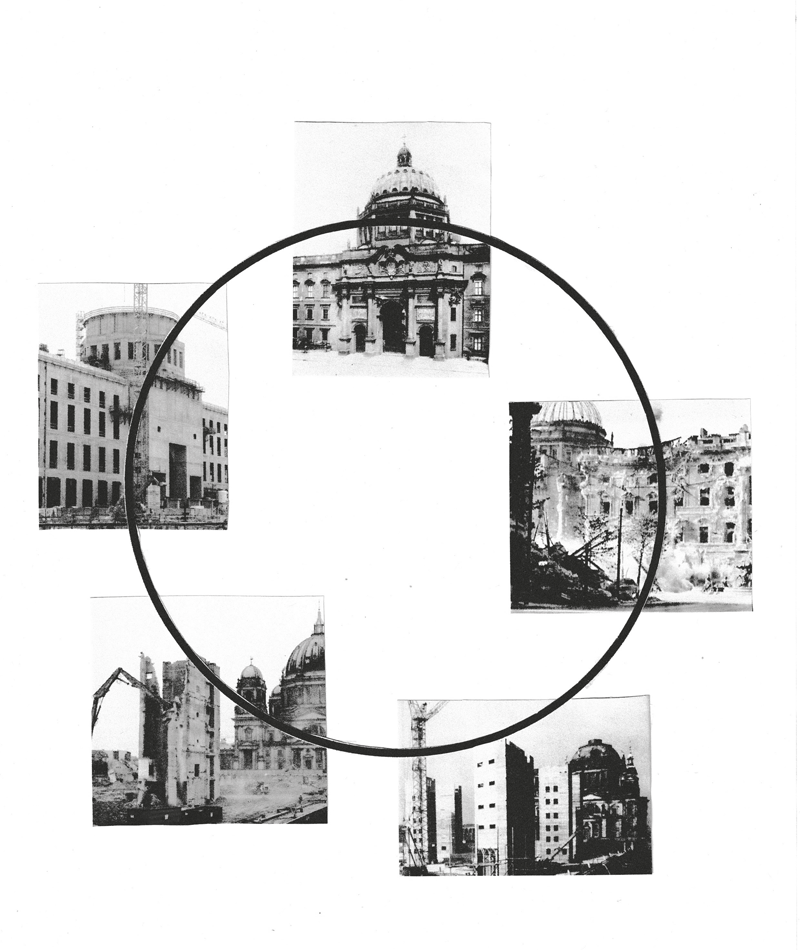Though small in size, Slovakia is rich in its springs of natural healing water. These springs are an important precondition for the development of the spa as a social institution, yet natural resources alone cannot provide all the services of a spa. For the providing of therapy, what is necessary is a complex of balneology and sanatoriums, which together with the natural surroundings create the spa environment. In the second half of the 20th century, Slovak spa localities were the setting for massive construction development, intended to improve Slovakia’s spas to the level of the best world quality. As a consequence, we can observe here several dozen complexes of realized objects, build in the aesthetics of late modernist architecture, most of which are still in use in the original form and provide a crucial part of the spa services in Slovakia. The spa development from the period of the 1960s to the 1980s was both a €nancially and technically complicated process, organized by the centralized spa organization Slovakoterma Bratislava, a state enterprise forming an important partner to the design institute Zdravoprojekt, itself responsible for the design of most of the realized post war concepts in Slovak spa localities.In 1948, political power in Czechoslovakia was seized by the Communist Party. In the same year, new legislation was introduced by which all natural resources, including natural springs, were nationalized. All spa localities become the part of the company Czechoslovak State Spas and Springs. In the following years, the spa locality was described by the new legislation as a place for health rehabilitation. For the €rst time, Slovak spas became a part of the institutionalized curative – prevention health care system. In addition, shortly before the communist revolution, in 1947 a special balneological congress was held in Štrbské Pleso in the High Tatras, where it was decided to divide all approximately 50 Slovak spa localities into categories of importance and indication groups. According to this plan, 3¨categories were created: 1. spa of international importance, 2. spa of national importance and 3. spa of local importance. Only the spas of Categories I and II received further development as part of the curative health system.Up until the 1960s, there was no new construction development, though all former spa hotel facilities were reconstructed into a hospital type of accommodation in the process called “dehotelization” of the spa.During this time the new legislative background and institutions of the control and management of the spa were created as well. …

This work is licensed under a Creative Commons Attribution 4.0 International License.




